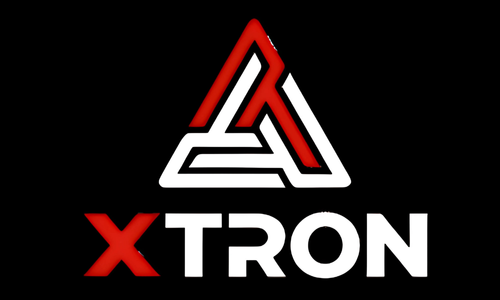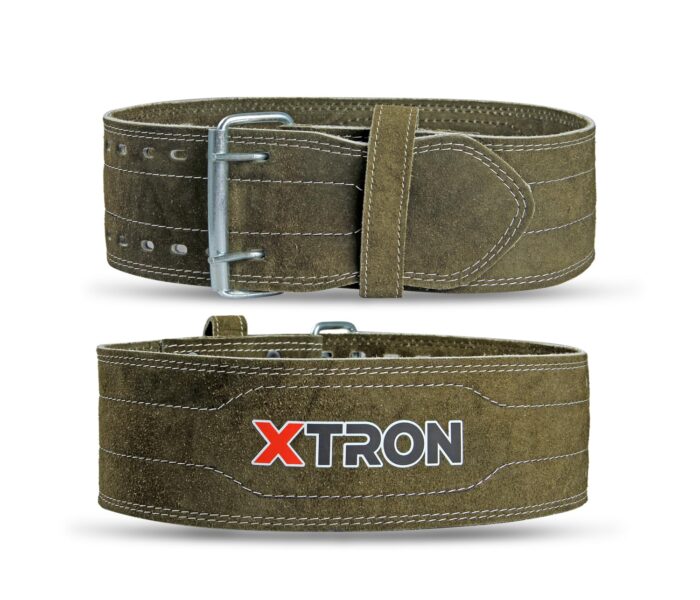Lift Heavy, Lift Safe: The Power of a Weight Lifting Belt

When your goal is to push past personal bests in squats, deadlifts, or overhead presses, safety and form are just as important as strength. A weight lifting belt is one of the most effective tools for supporting your lower back, stabilizing your core, and boosting lifting performance.
What a Weight Lifting Belt Actually Does
Contrary to what some believe, a belt isn’t just a back protector. It increases intra-abdominal pressure, which helps your spine stay aligned and stable under heavy load. This allows you to generate more power while reducing the risk of injury.
Choosing the Right Belt
Look for:
Material: Leather for maximum durability, nylon for more flexibility.
Width: Around 4 inches for even pressure distribution.
Closure: Lever, prong, or Velcro—choose based on convenience and support needs.
How to Wear It Correctly
Position it around your lower back and abdomen.
Tighten until snug (you should still be able to take a deep breath).
Inhale and brace your core before lifting—this is where the belt does its magic.

Belt Care Tips
Leather belts should be kept dry and occasionally conditioned. Nylon belts can be spot-cleaned with mild soap. Proper care ensures your belt stays supportive for years.
Final Thought
A weight lifting belt isn’t a shortcut—it’s a tool. When used correctly, it allows you to lift heavier with confidence, maintain proper form, and keep your back safe. Train smart, protect your body, and you’ll be lifting stronger for the long run.

